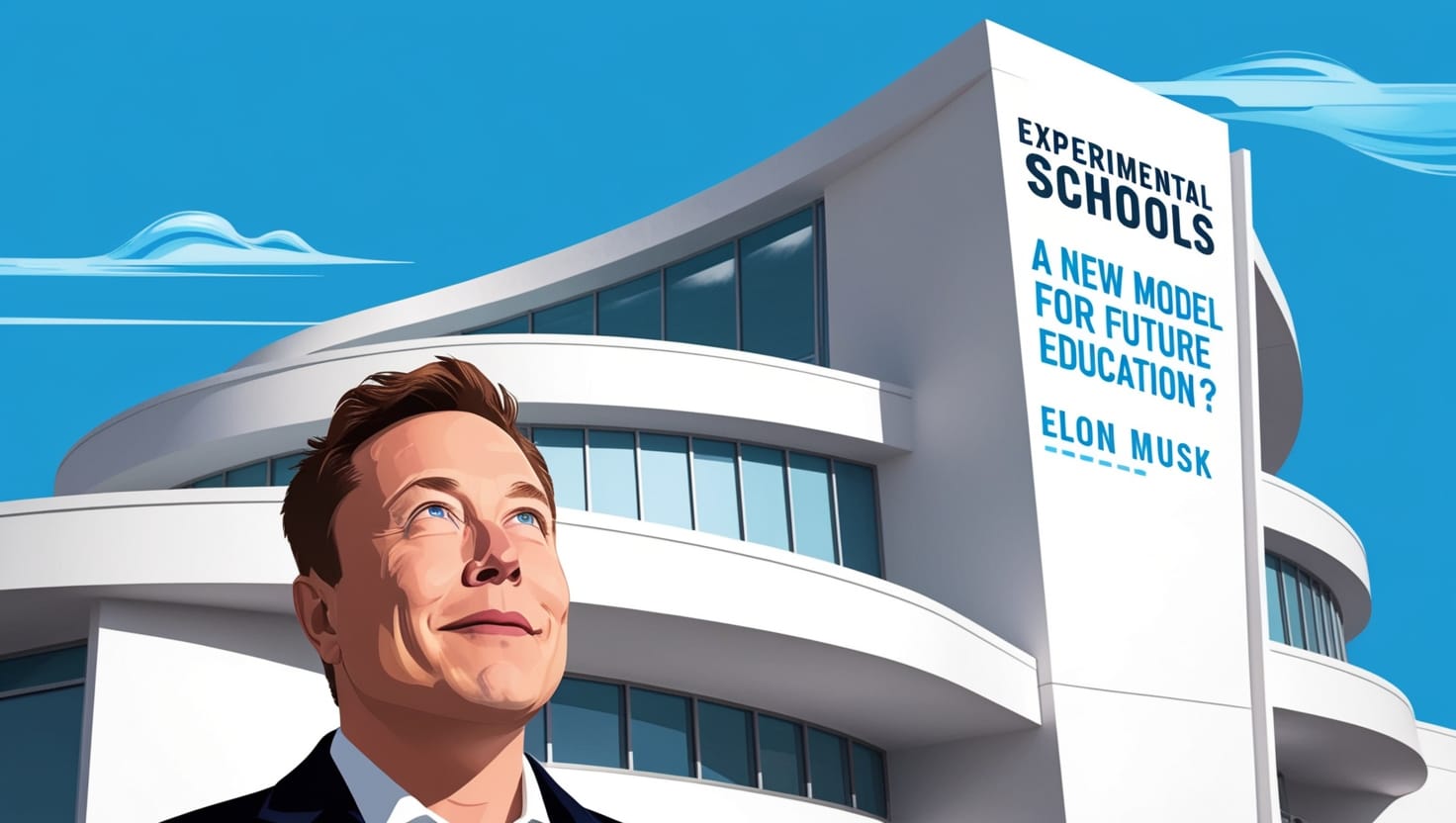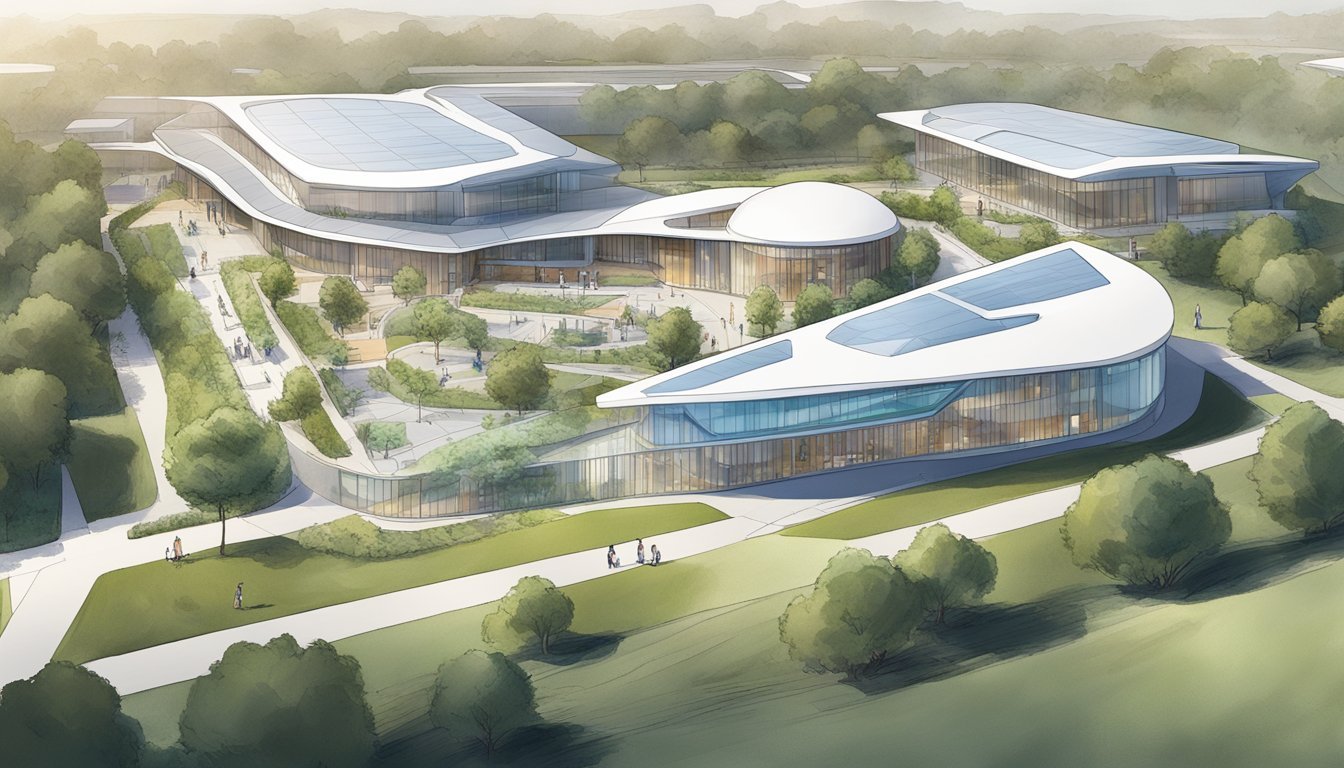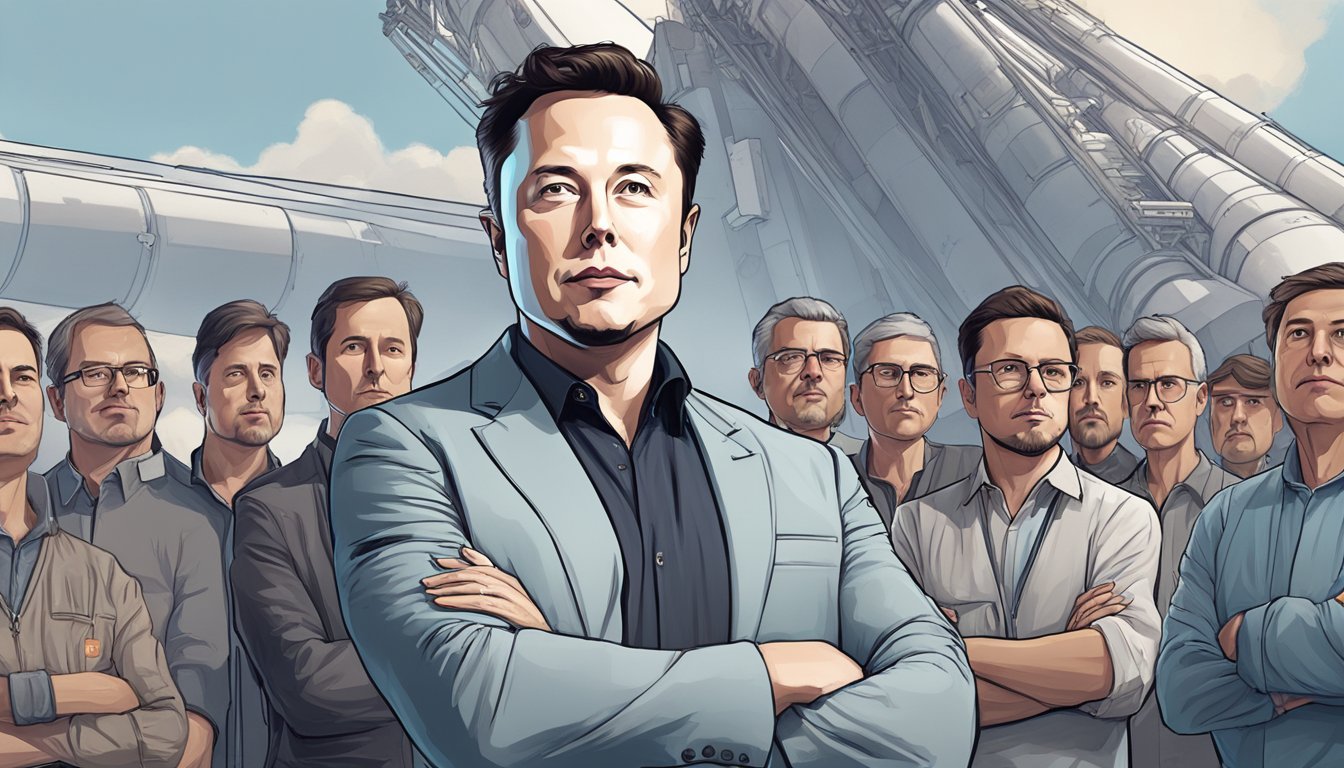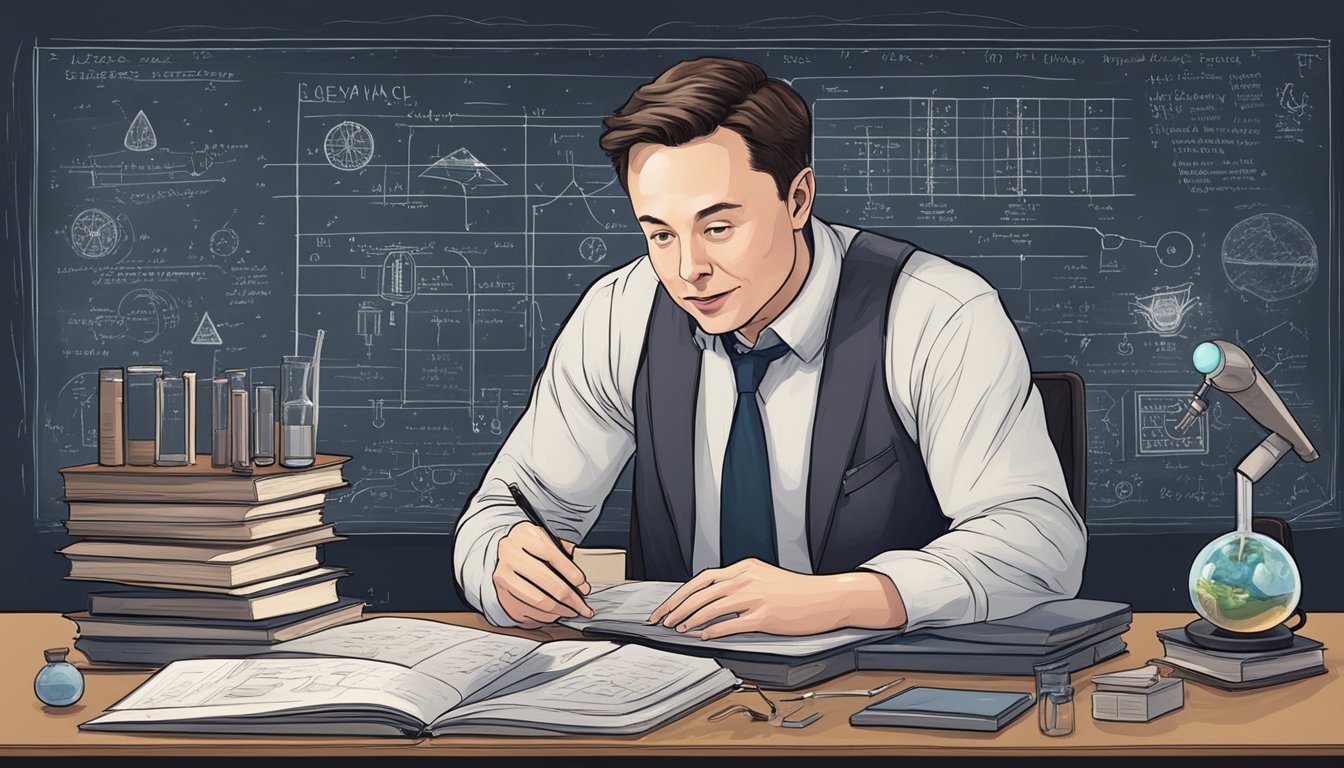
Elon Musk Experimental Schools: A New Model for Future Education?-Elon Musk, the visionary entrepreneur behind companies like Tesla and SpaceX, is known for pushing the boundaries of technology, innovation, and even education. His approach to learning is no different from his work in engineering, always questioning the status quo and looking for better solutions. In recent years, Musk has taken a hands-on approach to education by founding experimental schools aimed at revolutionizing the way children learn. These schools, known as Ad Astra (meaning “to the stars”) and its evolution, Astra Nova, promise to redefine traditional schooling by focusing on creativity, problem-solving, and hands-on learning. But what makes these schools so special, and can they be the future of education?
The Birth of Ad Astra: A Vision for a Better Education System
In 2014, Elon Musk decided to create a new kind of school for his own children, one that would challenge the conventional education system. Musk, frustrated with the rigid structure of traditional schools, designed Ad Astra with a unique curriculum that emphasized critical thinking, collaboration, and the application of knowledge rather than rote memorization. The school was initially established on the SpaceX campus in Hawthorne, California, with just a handful of students. The goal was simple: to prepare children for the rapidly changing world by giving them the tools to think critically and solve complex problems.
The idea behind Ad Astra was to break free from the traditional grading system, where students are confined to standardized tests and traditional subjects like history and mathematics. Instead, Musk wanted the school to focus on STEM education—Science, Technology, Engineering, and Math—but in a way that was hands-on and immersive. Students were encouraged to experiment, innovate, and tackle real-world problems, with a strong emphasis on learning through doing.
The Unique Features of Elon Musk’s Experimental Schools

What makes Musk’s experimental schools different from traditional ones? The key lies in their non-traditional structure, which is based on several innovative principles.
- Project-Based Learning
One of the core aspects of the school is project-based learning, where students work on complex, interdisciplinary projects that require them to apply what they’ve learned in various subjects. Instead of simply reading textbooks and taking tests, students actively engage with the material through practical applications. This allows them to gain deeper insights and retain information more effectively. - No Grade Levels
Another radical change is the lack of traditional grade levels. Musk believed that students should learn at their own pace, based on their abilities and interests, rather than being forced into a one-size-fits-all age group. This approach allows students to progress in subjects they excel in, while spending more time on areas where they need improvement, fostering a more personalized learning experience. (Read More: Is Minecraft Education an Effective Learning Method for 21st-Century Gen Z?) - Emphasis on Critical Thinking and Problem-Solving
Instead of focusing on memorization and standardized tests, Musk’s schools prioritize the development of critical thinking skills. Students are encouraged to ask questions, challenge assumptions, and think creatively to solve problems. This helps them build the skills needed to thrive in the rapidly changing job market, where adaptability and innovation are key. - Use of Technology
As a tech mogul, it’s no surprise that Musk’s schools integrate advanced technology into the learning process. Students use cutting-edge tools like robotics, 3D printers, and coding platforms to develop practical skills in technology and engineering. The goal is to equip students with the digital literacy they’ll need in an increasingly tech-driven world. (Read More: How Educators Credit Union is Empowering Teachers with Financial Solutions in 2024) - Focus on Collaboration
Collaboration is another cornerstone of Musk’s educational model. Students work together on group projects, learning how to communicate, share ideas, and collaborate effectively. This helps them develop strong teamwork and leadership skills, which are invaluable in both academic and professional settings.
Astra Nova: The Next Step in Musk’s Education Vision

In 2020, Musk’s experimental school evolved into Astra Nova, an updated version that continued to refine the ideas that Ad Astra had pioneered. While the core principles of hands-on learning and critical thinking remained the same, Astra Nova opened its doors to a broader group of students. While Ad Astra was initially a private school for Musk’s children and a select few, Astra Nova expanded its reach to include students from outside Musk’s immediate circle.
Astra Nova focuses even more on the integration of artificial intelligence (AI) and other advanced technologies into the curriculum. Students are exposed to AI tools and software early on, preparing them for future careers in fields like data science, machine learning, and robotics. The school continues to be a hub for innovation, where students are encouraged to explore new ideas and technologies that could shape the future. (Read More: Super Teacher Worksheets: Revolutionizing Homework and In-Class Activities in 2024)
Can Elon Musk’s Experimental Schools Become the Blueprint for Future Education?

While it’s too early to determine if Musk’s experimental schools will become the standard for education, their success could inspire a shift in the way schools approach learning. Traditional education systems are often criticized for being outdated and not preparing students for the complexities of the modern world. Musk’s schools offer an alternative model that prioritizes creativity, problem-solving, and adaptability, all of which are essential for success in today’s rapidly evolving world.
The idea of personalized learning, where students progress at their own pace and focus on areas of interest, could be a game-changer for education systems globally. Furthermore, the emphasis on STEM education, collaboration, and hands-on projects aligns well with the skills required for the jobs of the future.
However, the scalability of such a model is still a question. Musk’s schools are small, selective, and highly innovative, but can this approach be implemented on a larger scale to accommodate a more diverse group of students? For the model to become mainstream, it would need to be adapted to different cultures, resources, and educational systems.
Conclusion article Elon Musk Experimental Schools: A New Model for Future Education?
Elon Musk’s experimental schools are an exciting glimpse into what the future of education might look like. By focusing on creativity, critical thinking, and hands-on learning, Musk is challenging traditional educational norms and providing an alternative that may better prepare students for a rapidly changing world. While it remains to be seen if these schools will become a model for broader educational reform, they certainly spark important conversations about how we can better educate the next generation. Whether or not his vision spreads to a larger audience, Musk’s impact on education is undeniable and offers a compelling case for reimagining how children learn in the 21st century.





1 thought on “Elon Musk Experimental Schools: A New Model for Future Education?”